In the spirit of Matthew J Wright’s excellent article on the King George V class battleships, I decided to examine another battleship that also suffers from an undeservedly bad reputation. In this article we will talk about the surprisingly successful design that was the Richelieu class battleship. The Richelieu class, the last and most powerful battleships of the French Navy, was a good design that simply arrived at a bad time. Her generally excellent design overshadowed by the state of France during the Second World War.
Background
France like other nations who signed the Washington Naval Treaty, was limited in battleship construction. Though permitted to build two battleships after 1927, French naval planners were more concerned with cruisers. The First World War had shown the effectiveness of commerce raiders and cruisers were the best warships for countering these raiders. France, heavily reliant on her connections to her African colonies, was particularly concerned with the threat of Italian cruisers. Fast warships, these cruisers could severely disrupt French merchant shipping.
France investigated several designs, ranging from 17,000 ton “cruiser-killers” to larger 35,000 ton battlecruisers. However, financial difficulties prevented France from seriously considering any of the designs. It was not until 1929 that events forced France to reevaluate building new battleships. In 1929, Germany launched the first of its Deutschland class armoured cruisers. Armed with 11″ guns and capable of 28 knot speeds, the Deutschland class was much stronger than the French cruisers
How most people imagine the Richelieu class. Broken and Incomplete. While it took time, both Richelieu and Jean Bart were eventually completed. The finished ships became effective battleships, capable of holding their own against most of their likely opponents.
France responded to the Deutschland class by launching their own Dunkerque class. Larger, faster, and more heavily armed, they would be the counter to the German warships. However, with the threat of France’s new capital ships, Italy also developed their own counter in the form of the Littorio class battleships. Germany also launched their own improved warships, the Scharnhorst class. Once again needing a new battleship, France ordered a new class of battleship that would become known as the Richelieu class.
Design Features of the Richelieu Class
Armament
The most defining feature of the Richelieu class was that her main battery carried in large quadruple turrets and mounted entirely forward of the superstructure. The decision to mount the guns in this fashion was due to experience with the previous Dunkerque class as well as the inability to find a more ideal layout. French designers had investigated many different layouts. However, every potential: design a) ate into machinery spaces, reducing power and speed or b) taken more of the ship’s available tonnage to provide armor for additional turrets. The all forward arrangement would, in theory, also reduce the total length of armoured belt needed to protect the ship and save weight. However, French designers were concerned about the possibility of a single hit disabling both turrets. To prevent this, they placed the turrets 107′ (32.5 m) apart, negating the weight savings benefit.
The Richelieu class battleships were armed with 15″ (380mm) naval guns. France was very limited in the size of naval gun they could choose. A 15″ was the size needed to match current Italian battleships while 16″ was the largest permitted under the Naval Treaty. However, designers were quick to discover that a 16″ gun was too large to be fitted into a quadruple turret. Thus, France settled on a new 15″ gun.
While the 380mm/45 Model 1935 might be smaller, than some of the guns of Britain, Japan, and the United States, the French weapon was not outclassed in the slightest. The 380mm naval gun enjoyed long-range and respectable armor penetration. However, due to the close proximity of the guns to each other in the quadruple turret, the shells interfered with one another in flight, creating dispersion problems. Due to the fall of France in World War II, this issue was not resolved until postwar. This led to the Richelieu class developing a myth of accuracy issues, however I believe it was more the result of bugs not being able to be worked out of the design.
Secondary Armament
The stern of the battleship Richelieu following her refit. Her secondary 6″ dual-purpose guns are easily seen.
France had been the first nation to develop dual-purpose guns for their battleships. However, other nations began to develop heavier secondary guns for their battleships and France was keen to match them. France decided to utilize a 6″ (152mm) dual-purpose gun to provide anti-air firepower while also having heavy shells to deal with enemy destroyers. The weapons, known as the Modèle 1936, were advanced for their time. Able to elevate to 90 degrees and load at any elevation, they were intended to be the perfect weapon. However, their heavy size made them too slow to engage newer, faster aircraft and their slow rate of fire at high elevations hampered their anti-air firepower. Regardless, they were the only weapons of their type to be used during World War II. It would not be until after the war that the United States Worcester class and British Tiger class cruisers would mount successful dual-purpose 6″ guns.
Due to the lack of lighter anti-aircraft weaponry, France revised the layout of anti-aircraft guns on the Richelieu class. Additional 6″ dual-purpose guns, to be mounted amidships, were replaced by six lighter twin mounts carrying the Modele 1930 100mm weapons. Intended to be primarily anti-aircraft weapons, the guns could be pressed into the anti-surface role if needed. They were reasonably successful weapons, though not as powerful as the standard dual-purpose weapons used by other Allied Nations.
Light Anti-Aircraft Weaponry
The battleship Richelieu arriving at New York for refit. She would emerge a potent battleship.
The Richelieu class were intended to carry a reasonably powerful battery of light anti-aircraft guns for the day. However, due to the chaos leading up to the Fall of France, the French were never able to mount the entire compliment of light weaponry. This was not rectified until 1943 when Richelieu underwent refit in the United States.
The battleship Richelieu arriving at the New York Navy Yard on February 11, 1943.
She emerged from this refit plastered with the latest and most advanced anti-aircraft weaponry. 56x 40mm Bofors and 50x 20mm Oerlikons. These weapons gave her one of the most impressive anti-air throw weights of the battleships participating in the Second World War. While some might argue that they did not count since France did not install these guns, I would propose that one look at the second ship of the class, Jean Bart. Completed postwar, she was outfitted in France with the latest anti-air weaponry to become the battleship with arguably the heaviest anti-air firepower of all battleships.
Protection
Perhaps one of the most overlooked traits of the Richelieu class battleships. All things considered, this was one of the most well protected battleship classes of the day.
The Richelieu class were protected by an armoured belt 12.9″ think and sloped at 15 degrees. The belt was generous, extending 11′ over the waterline and 8′ below it. She had multiple armoured decks. A main armored deck (5.9″ – 6.7″) was backed up by a lower armor deck (1.6″). Her gargantuan quadruple turrets were well protected with a maximum of 17″ of armor on her turret faces. They rested on barbettes protected by 15.9″ of armor.
The Richelieu class devoted 16,045 tons of her weight to protection. At standard displacement of 37,832 tons, this was just over 42% of the ship’s total weight. Fully loaded at almost 41,000 tons, the armor still accounted for 39.2% of the ships total weight. Compared to her closest contemporaries at the time, the Richelieu class were about equal to the North Carolina class (41% at standard) and superior to the Littorio and King George V classes (36% and 34.8% at standard). In fact, the Richelieu class compared decently even to later warships such as the Iowa class (41.6% standard) and Bismarck (41.3% standard).
An often overlooked feature of the Richelieu class was their torpedo defense system. Like most battleships, they featured a comprehensive system of liquid and void filled spaces to absorb the energy of underwater explosions. However, the most important feature of a torpedo defense system was its depth. The deeper the system was, the better it generally performed. The Richelieu class featured a very deep system that was 23′ amidships. This was much deeper than contemporary ships like King George V (13.5′), Scharnhorst (16′), Iowa (17′), or Bismarck (20′).
Overall, the Richelieu class was very well protected with excellent protection above and below the water. Compared to the prewar battleships, they featured armor that was comparable if not slightly better. However, their underwater protection was extremely effective, surpassing pre-war battleships and exceeding many of the later ones as well. It would be no stretch of the imagination to rank the Richelieu class among the best protected battleships ever put into service.
Powerplant
When looking at the various fast battleships produced, people often forget the impressive speed of the Richelieu class. France has specified in the requirements that the Richelieu class were to be capable of speeds of 30 knots. At the time, this was a very high speed for a battleship. Only capital ships like HMS Hood, the Renown class battlecruisers, and the Littorio classes could achieve similar speeds.
Achieving such a high speed was difficult as the Richelieu class were very wide compared to their length. French shipyards could only manage to build a battleship of roughly 800′ in length. The need to fit quadruple turrets required a wide hull of 108′. This gave the ship a length to beam ratio of 7.3, portly for a fast battleship especially when most fast battleships featured a length to beam ratio of around 8. To move this much hull at 30 knots required a power plant capable of generating 150,000shp. At the time, this was the most powerful powerplant ever placed into a battleship. It would not be until some years later when the Iowa class (212,000 shp) would finally surpass them.
The Richelieu class achieved the desired speeds and then some. During trials, Richelieu was able to reach 30 knots while using only 122,000shp and achieved 31 knots when using the engines at 155,000shp. During a maximum speed trial, the battleships achieved a speed just shy of 32 knots when forcing the engines to 179,000shp. This was very impressive for a ship of her size and superior to most of her contemporaries such as the King George V class (28 knots), North Carolina/South Dakota classes (27 knots), and Littorio class (30 knots). Even as more advanced battleships such as the Iowa (32 knots) and Bismarck classes (30 knots) came into service, the Richelieu class remained competitive in speed.
The Richelieu class were true fast battleships, designed with just as much emphasis on speed as she had on armor and firepower. Only a few capital ships could match the Richelieu class in speed and even fewer could outrun them. This made them well rounded battleships, well suited to action in the Atlantic or Mediterranean. They would have been very effective in their role in hunting down German and Italian raiders.
Conclusions
The battleship Richelieu seen from the United States carrier USS Saratoga (CV-3).
Whether it be due to the fall of France or their complicated service history during the Second World War, the Richelieu class suffer from a poor reputation. I believe this to be an undeserved reputation. The issues they suffered from affected most battleships. The difference is that other battleships had issues worked out. For the Richelieu class, France fell before they could be rectified.
Compared to their closet competitors (North Carolina, Littorio, King George V), the Richelieu class held several advantages, notably their deep torpedo defense system and high speed. Their armor was respectable and able to hold its own against the most common battleship guns prior to World War II. Not only was their protection solid, but they had enough firepower to bloody the nose of any battleship they met in combat. Following its refit in the United States, the battleship Richelieu became a solid fast battleship, able to perform a multitude of roles well. Thanks to its speed, Richelieu might have been one of the most useful battleships, able to keep up with carrier divisions and provide them with ample protection.
Overall, the Richelieu class were well rounded, balanced ships that were of a solid design. The issues they were said to suffer from were mainly due to insufficient time to work out bugs or from their incomplete construction. When the design as a whole is taken into consideration, I would rank them as the equals of the majority of battleships then in service as well as some of the ones that arrived later.
Further Links
Want to keep up with the latest articles or connect with the Navy General Board community? Follow us on social media like Facebook, Twitter, or Instagram. Also check out our forum to meet some of the other readers and authors. You can also access our entire collection of articles on the Articles page.
Want to follow Navy General Board on Social Media? Check us out on the platforms below!
More Great Articles
The biggest Cruisers of World War II.
Life aboard a US Navy Battleship During the Korean War.
Why were so many Warships Never Built?
The Iowa Class Battleship, A Departure from Traditional Design
Battleship Showdown : South Dakota vs B16B/38
Until Next Time!

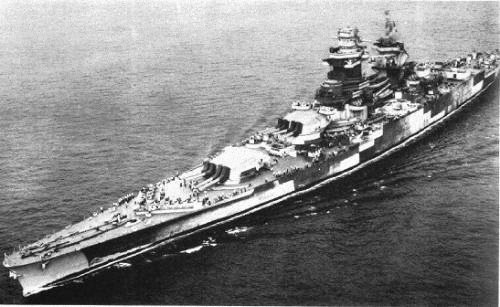
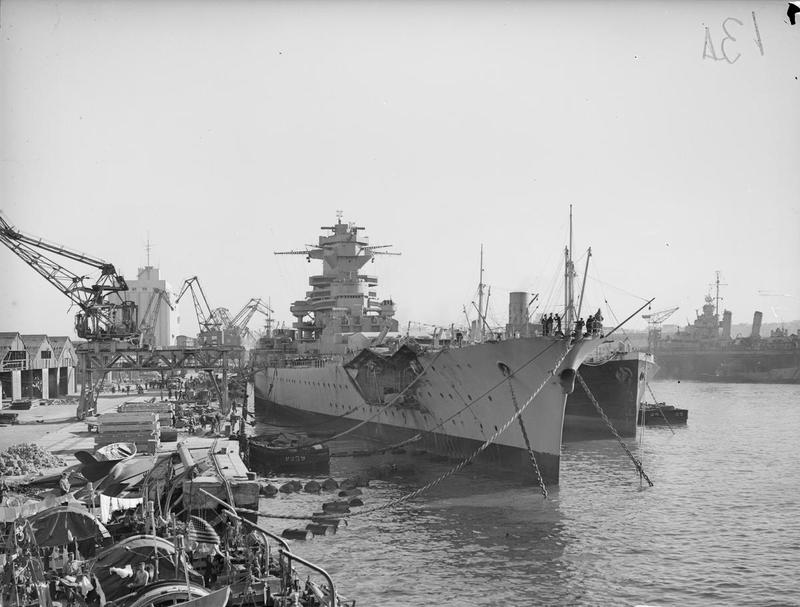
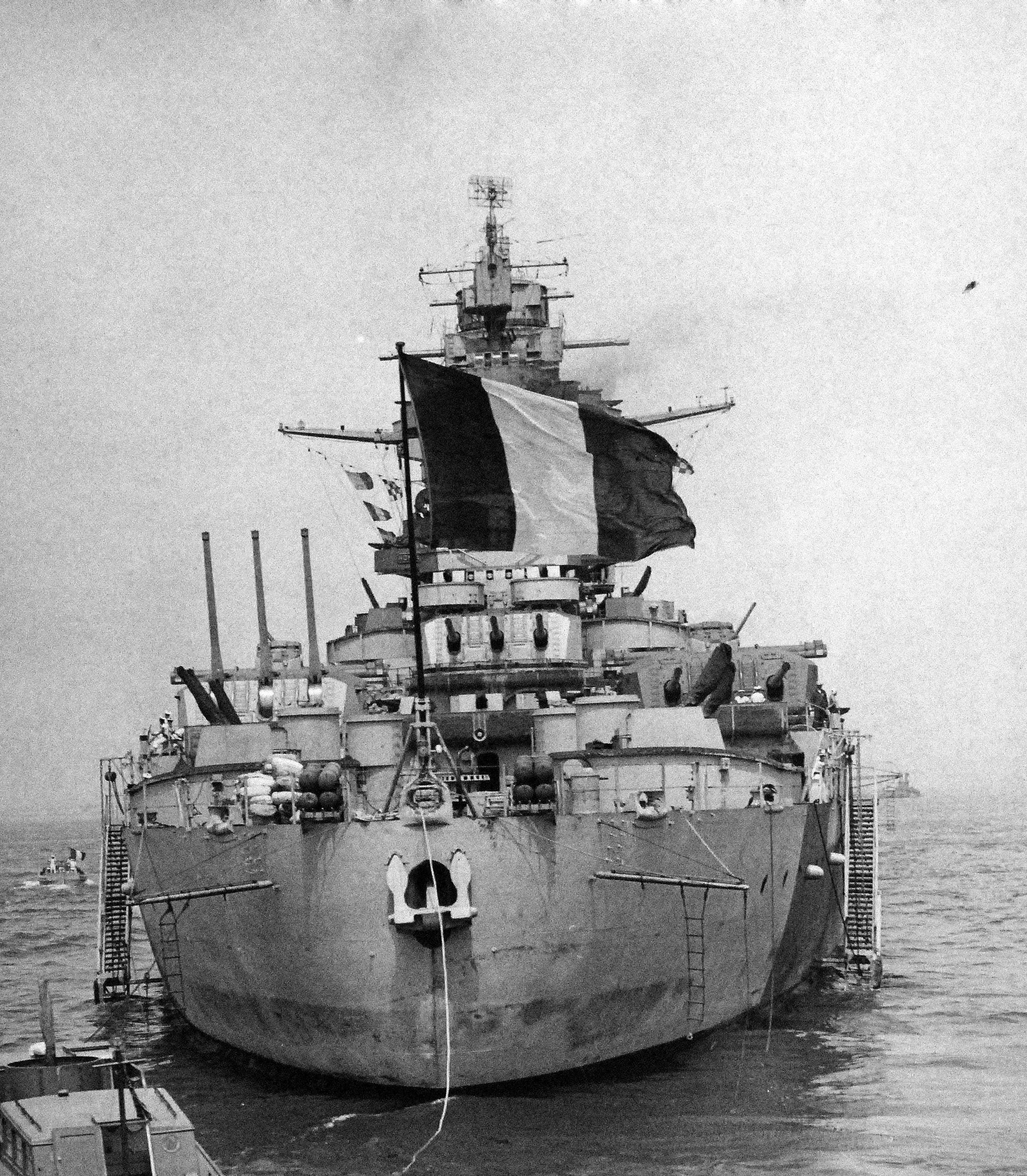
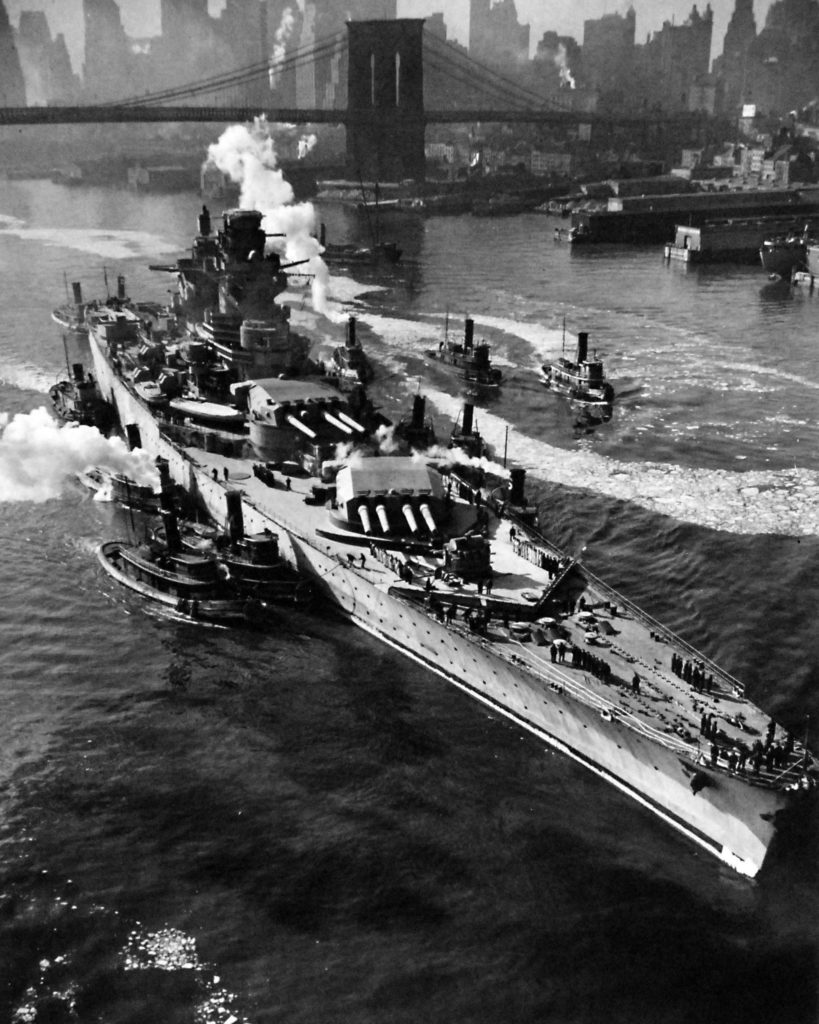
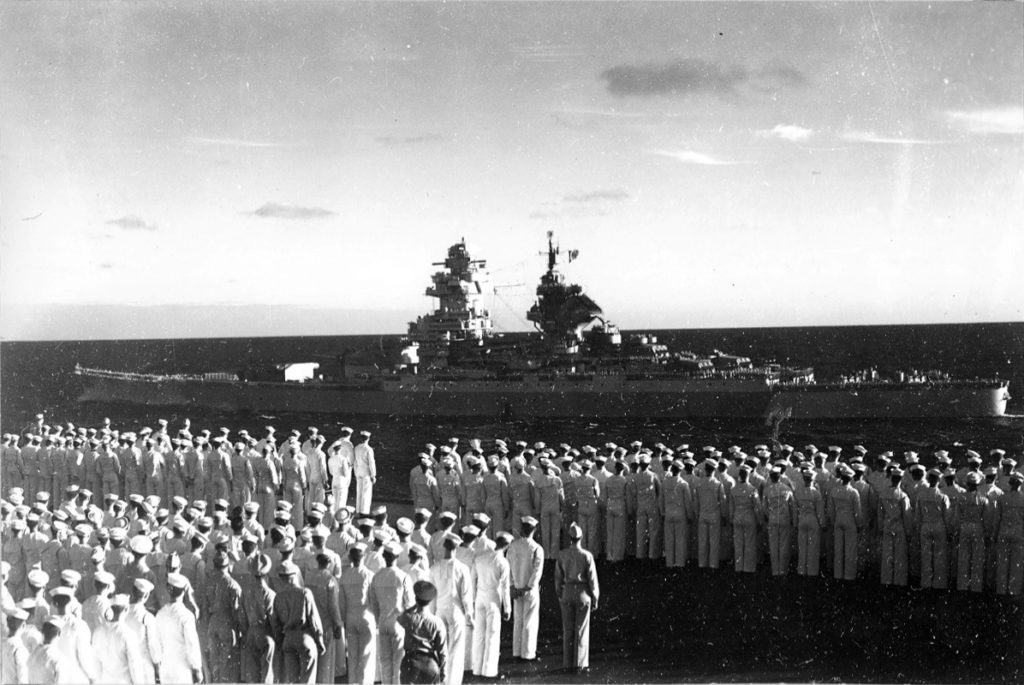

Trackbacks/Pingbacks